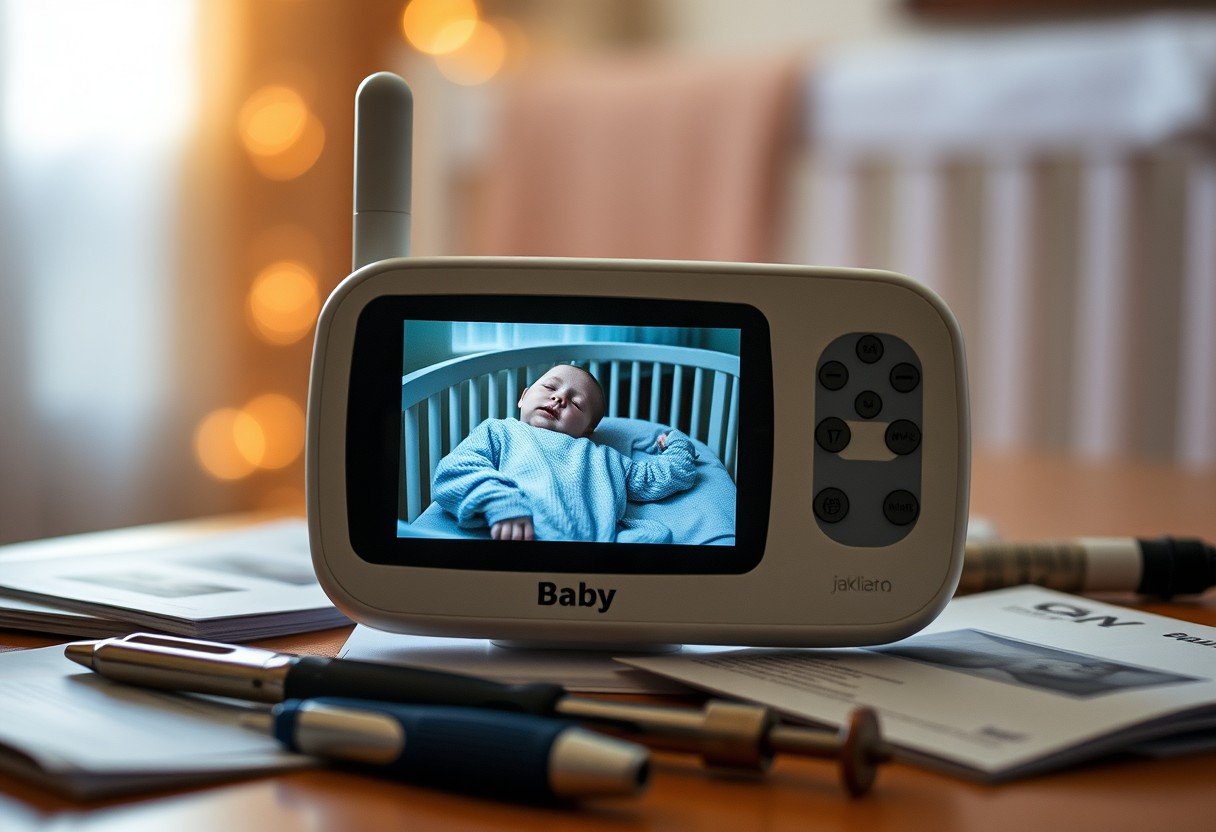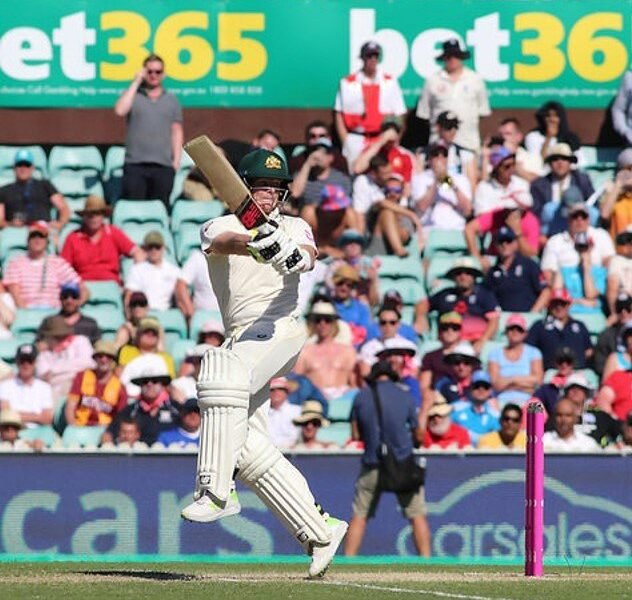Choosing a baby monitor is a big decision for any parent. You rely on it for peace of mind while your little one sleeps. While Infant Optics is a popular brand, many parents encounter frustrating issues that can disrupt that peace. This guide explores the common problems with Infant Optics monitors, from connectivity drops to security risks, helping you understand the challenges you might face and how to navigate them.
Common Connectivity and Range Problems
One of the most critical features of a baby monitor is a stable connection, but this is a frequent point of frustration for Infant Optics users. You might find the signal drops unexpectedly, even when you’re not far from your baby’s room. This can cause the video feed to freeze or cut out entirely, leading to moments of anxiety.
The advertised range can also be misleading. While it might work perfectly in a small apartment, parents in larger homes often report that the monitor loses its connection when they move between floors or to the other side of the house. This limited operational range can severely impact the monitor’s usability and your freedom to move around your home.
If you are facing connection issues, there are a few steps you can try to resolve them:
- Ensure the parent unit and camera are within the recommended range of each other.
- Move other electronic devices, like routers or cordless phones, away from the monitor to reduce signal interference.
- Make sure both units are fully charged, as low power can affect performance.
- Try restarting both the camera and the parent unit to re-establish the connection.
The Reality of Battery Life
Portability is a key selling point for modern baby monitors, but it’s useless without adequate battery life. A significant complaint among Infant Optics users revolves around how quickly the parent unit’s battery drains. Many find they need to recharge it far more often than expected, sometimes multiple times a day.
This rapid battery drain can be a major inconvenience, especially during overnight monitoring or long naps when you rely on the monitor the most. Having the unit die unexpectedly defeats the purpose of having a portable monitor. To manage this, many parents end up keeping the unit plugged in most of the time, which limits its portability.
If you find the battery life is not meeting your needs, consider purchasing a replacement battery. You can also try using any power-saving modes available on your model to help extend the time between charges.
Image and Sound Quality Concerns
When you check on your baby, you want a clear view and crisp audio. Unfortunately, the image and sound quality on some Infant Optics models can fall short of expectations. While the video may be adequate in a well-lit room, many users report that the clarity suffers significantly in low-light or nighttime conditions.
The night vision can appear grainy or blurry, making it difficult to see your baby’s subtle movements or breathing. This can cause unnecessary worry for parents who rely on a clear picture for reassurance during the night.
Audio feedback is another common issue. You might experience static, echoing, or a feedback loop that makes it hard to hear your baby clearly or use the two-way talk feature effectively. This audio distortion can be stressful when you’re trying to determine if your baby is in distress.
Are Infant Optics Monitors Secure?
In today’s connected world, the security of any device in your home is a valid concern. Baby monitors, especially those that connect to Wi-Fi, can present potential security risks. While many Infant Optics models use a closed-loop FHSS connection, which is generally more secure than Wi-Fi, no device is completely immune to vulnerabilities.
The primary concern for any connected baby monitor is the potential for hacking. Unauthorized access to your baby’s video or audio feed is every parent’s nightmare. It is crucial to secure your home network with a strong, unique password if your model connects to the internet.
Data privacy is another aspect to consider. It’s always wise to review the manufacturer’s privacy policy to understand what data, if any, is being collected and how it is used. Taking simple steps like turning the camera off when not in use can add an extra layer of security and privacy for your family.
What Real Parents are Saying
User feedback for Infant Optics monitors is often mixed, highlighting a divide in experiences. Many parents praise the monitors for their straightforward setup and user-friendly interface. They appreciate features like the interchangeable lenses and temperature sensor.
However, negative reviews frequently echo the technical problems discussed here. It’s easy to find parents sharing their frustrations online. The recurring complaints often create a pattern of known issues that potential buyers should be aware of. Common themes in user complaints include:
- Unexpected signal dropouts
- Disappointing battery performance
- Grainy night vision video quality
- Difficulties getting timely customer support
Better Alternatives to Infant Optics
If the potential drawbacks of Infant Optics monitors are a concern, you’ll be glad to know there are many excellent alternatives on the market. Brands like Nanit, Owlet, and Motorola offer monitors with advanced features that may be better suited to your needs, including HD video, sleep tracking analytics, and even vital signs monitoring.
These alternatives often provide a more comprehensive monitoring solution, integrating with smartphone apps for viewing from anywhere. While they may come at a higher price point, the added features and reliability can provide invaluable peace of mind. Comparing features side-by-side can help you decide which monitor is the best fit for your family.
Here is a quick comparison of key features:
| Feature | Infant Optics | Other Brands (e.g., Nanit, Owlet) |
|---|---|---|
| HD Video | No | Yes |
| Smart Notifications | No | Yes |
| Temperature Monitoring | Optional | Yes |
| Sleep Tracking | No | Yes |
| Two-Way Audio | Yes | Yes |
Frequently Asked Questions
What are common problems reported with Infant Optics baby monitors?
Common issues include poor Wi-Fi connectivity, a shorter range than advertised, video that lags or freezes, short battery life in the parent unit, and difficulties adjusting the camera angle.
How can I address connectivity problems with my Infant Optics baby monitor?
Try moving the parent unit closer to the camera, reducing interference from other electronics like routers, and restarting both devices. Ensuring both units are fully charged can also help stabilize the connection.
Is battery life a significant issue for Infant Optics baby monitors?
Yes, many users report that the parent unit’s battery drains quickly, requiring frequent charging. To manage this, it’s best to keep the unit plugged in when possible or use a power-saving mode if available.
How do I fix video lag or freeze on my Infant Optics baby monitor?
Video lag is often caused by a weak signal. Ensure the parent unit and camera are within a reasonable distance of each other. Rebooting both units can also resolve temporary glitches causing the video to freeze.
Are there recommended troubleshooting steps for camera positioning issues?
First, make sure the camera is on a stable, secure surface. Check that nothing is blocking the camera’s ability to pan or tilt. If you still can’t get the right angle, consult your user manual or customer service for model-specific advice.






Leave a Comment